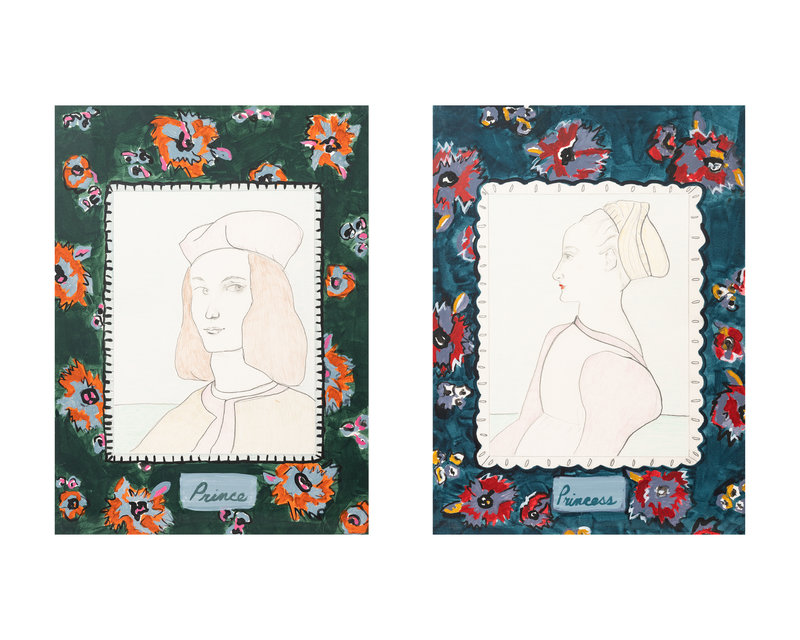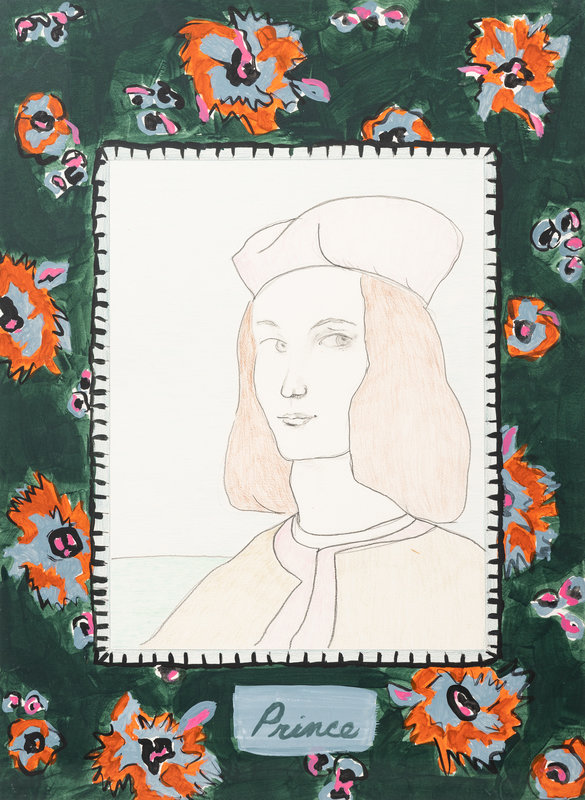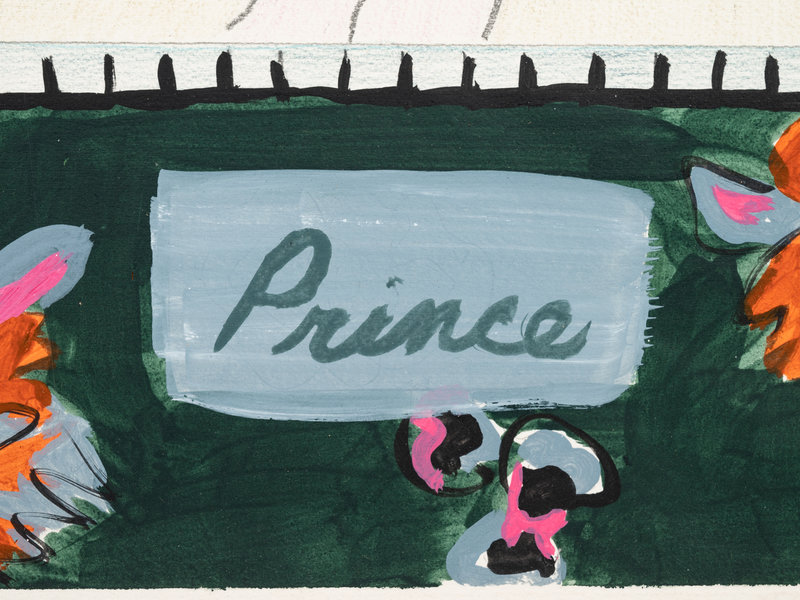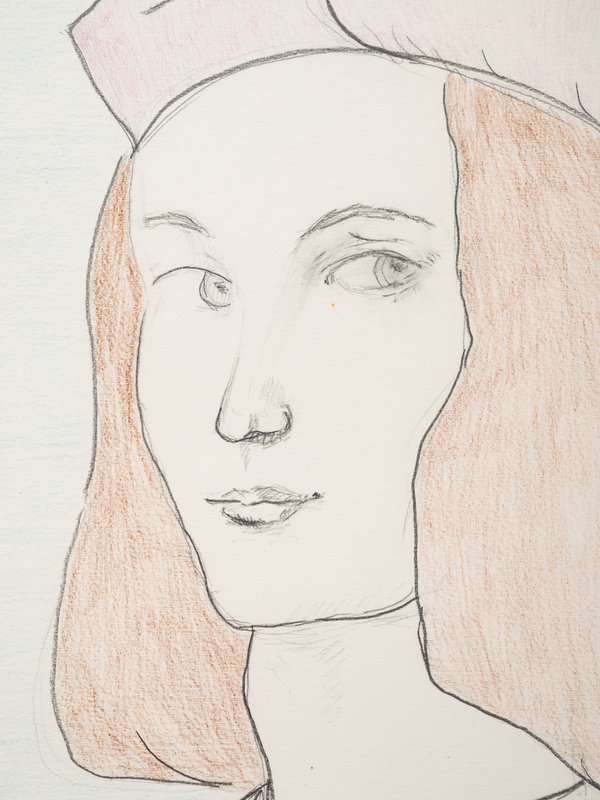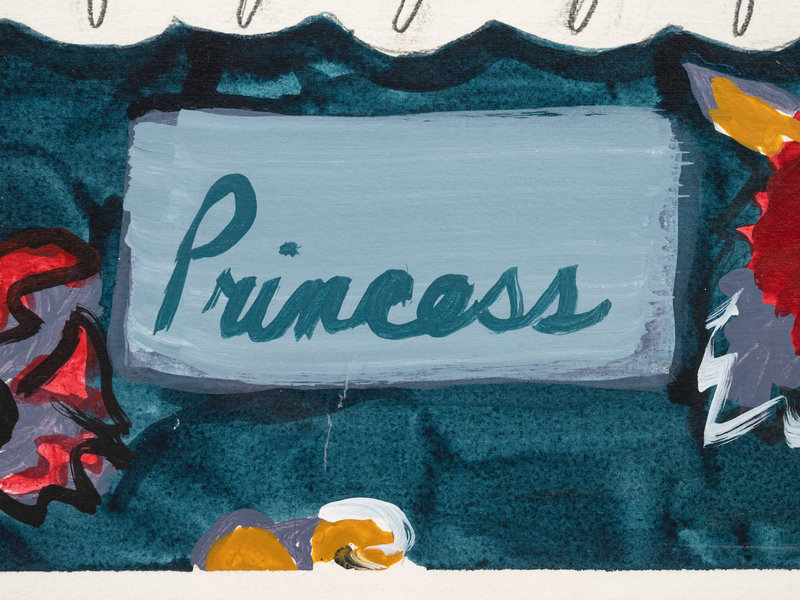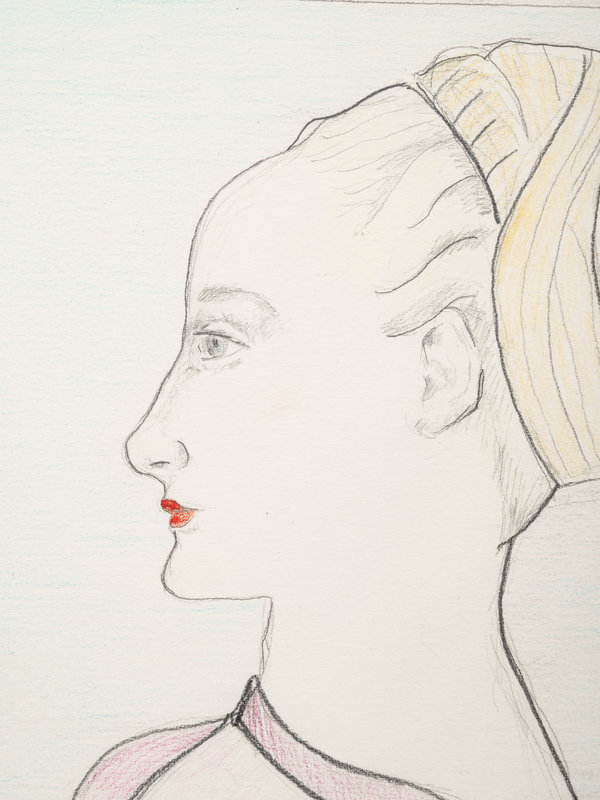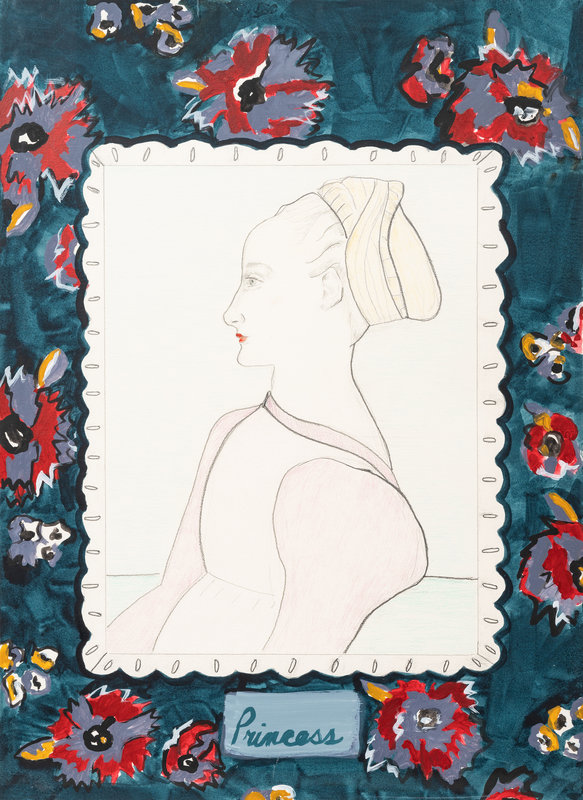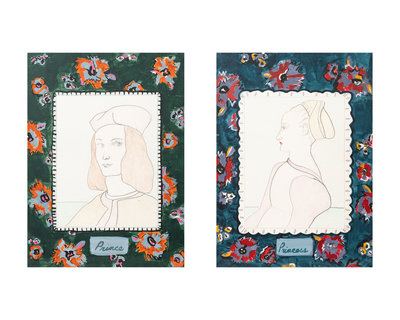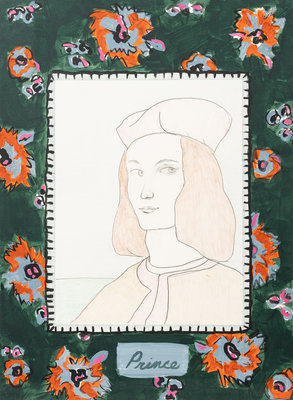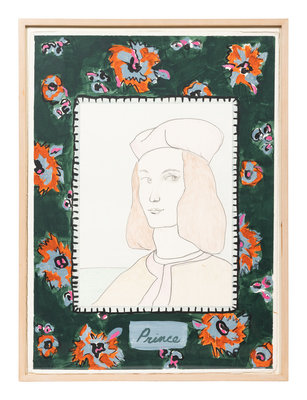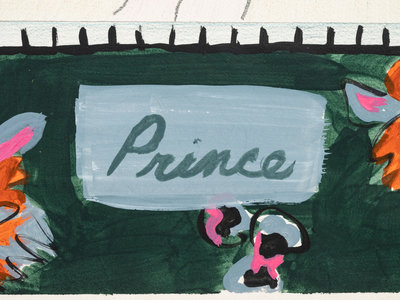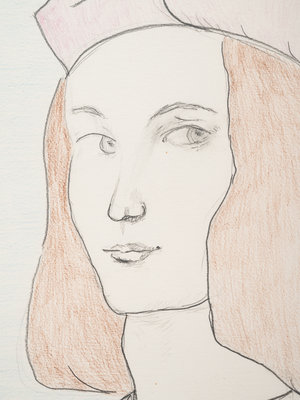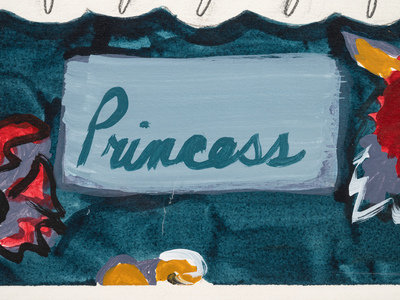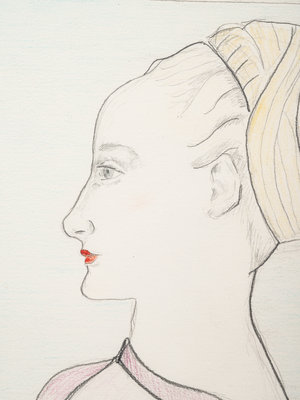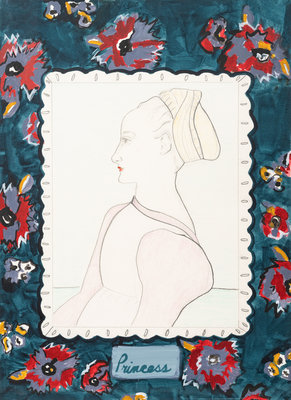Condition Report
Contact Information
Auction Specialists
Lot 7
Ree Morton
(American, 1936-1977)
Prince and Princess from Signs of Love, 1976 (diptych)
Sale 907 - Post War and Contemporary Art
Sep 28, 2021
10:00AM CT
Live / Chicago
Own a similar item?
Estimate
$15,000 -
25,000
Price Realized
$18,750
Sold prices are inclusive of Buyer’s Premium
Lot Description
Ree Morton
each signed Morton and dated (verso); titled (lower center)
Each: 32 1/4 x 25 inches.
(American, 1936-1977)
Prince and Princess from Signs of Love, 1976 (diptych)
wash and graphite on mixed media
each signed Morton and dated (verso); titled (lower center)
Each: 32 1/4 x 25 inches.
